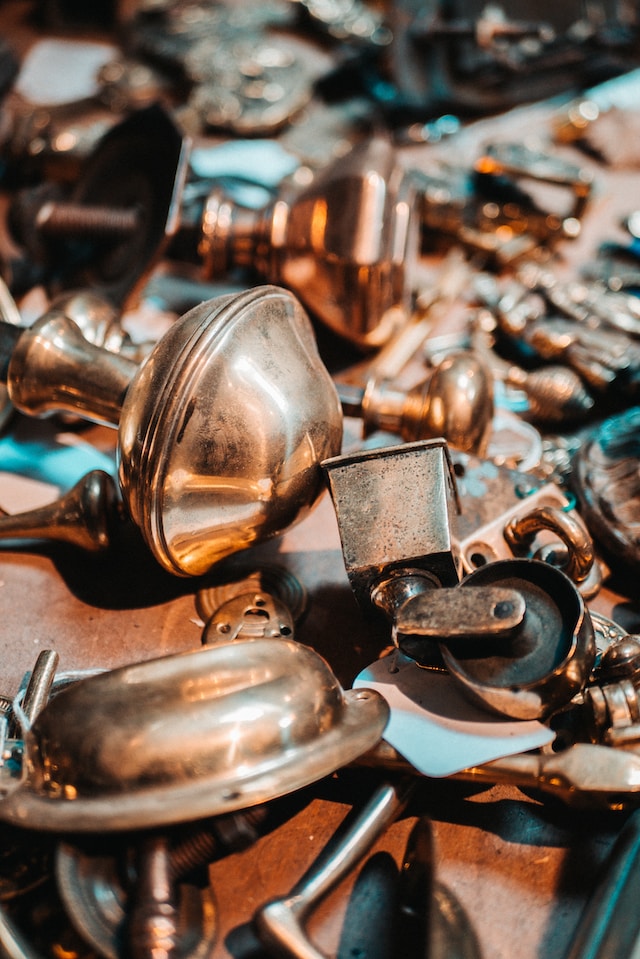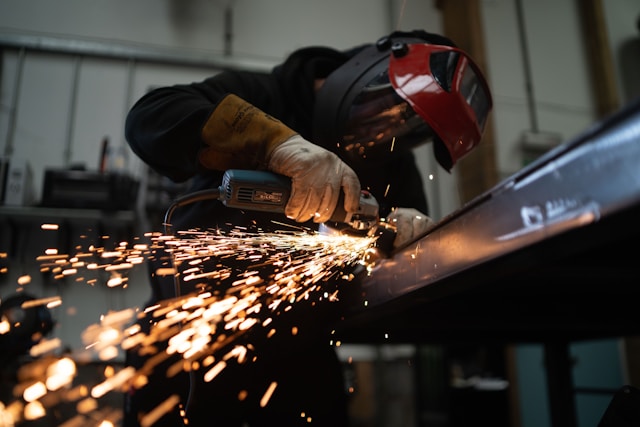Almost any industry can benefit from leveling caster wheels that make equipment, furniture, or work tables mobile and stable. Consider factors like load capacity, floor surface, height adjustment range, caster type, and mounting type to find the best ones for your needs.
Evaluate additional stability and safety features, including locking mechanisms, foot brakes, or total lock brakes.
Load Capacity
Leveling casters are available in various load capacities to support the weight of the equipment or furniture on which they’re installed. Evaluate the load capacity and the environment in which you plan to use the casters before purchasing.
For instance, if the casters are exposed to moisture or corrosive materials, consider purchasing stainless steel leveling caster wheels because they’re more durable and corrosion-resistant than other casters. Consider whether you need leveling casters with unique features like locks to secure them to equipment or furniture. You can also find leveling casters with various mounting styles, including stem and plate mounts. Some people prefer the plate mount because it makes attaching and removing the casters easier.
Floor Surface
Leveling casters allow you to move equipment and furniture without lifting or straining. They’re instrumental when you need to reconfigure a workstation or give your entire facility a deep cleaning or redo.
The type of flooring in your facility also affects which casters you should use. For example, if your floors are made of hardwood, you’ll want to select caster wheels that won’t create scrapes or scratches. These caster wheels are typically soft and made of rubber or polyurethane.
If your facility’s floor surfaces are often contaminated with washdowns and chemicals, select corrosion-resistant leveling casters that have stainless-steel frames. These casters are ideal for use in food and beverage plants, medical sites, pharmaceutical facilities, and marine environments.
Height Adjustment Range
In addition to evaluating load capacity and floor surface, the height adjustment range is essential for leveling casters. This is because they can be used to adjust the position of equipment or furniture, allowing it to remain stationary and compensate for uneven floors.
Like traditional casters, leveling casters have one or more wheels. However, they also have a built-in leveling mechanism to stabilize and level objects after moving.
If you’re working in an environment that requires resistance to moisture or chemicals, consider opting for stainless-steel leveling casters. These casters are designed to withstand extreme temperature fluctuations and moisture, such as those in warehouse freezers or kitchens. They can even be used in corrosive environments where metals react with liquids or gases.
Caster Type
The type of caster best suits your equipment or furniture depends on your application’s mobility and stability requirements. Consider whether you need swivel or rigid casters, and look for additional stability features like locking mechanisms, foot brakes, total lock brakes, and wheel locks.
Another factor to consider is the mounting type of the casters. Hollow kingpin casters feature a stem that threads into equipment and furniture with tapped holes, while plate mount casters use a flat surface to attach using bolts or screws. Both are available in various sizes and types, including threaded stem casters that can be easily adjusted and welded in plates for permanent installation.
Mounting Type
Choosing the proper leveling casters involves several factors, including wheel size and type. Larger wheels can better distribute weight and provide easier rollability. In addition, consider the caster’s bearings and mounting. Generally, plate-mount casters are preferred over stem-mount casters for their strength and stability.
A leveling caster features a wheel for mobility and a height-adjustable pad for stability. This specialized caster eliminates the need for leveling feet and allows employees to level machinery or equipment before use quickly. They also eliminate the need to move heavy machinery into place, which saves time and labor. This can help make factories and workplaces more productive. Leveling casters can reduce noise and vibration as well. They’re often made of durable materials like nylon for the wheel and stainless steel for the mounting plate and leveling pad.




